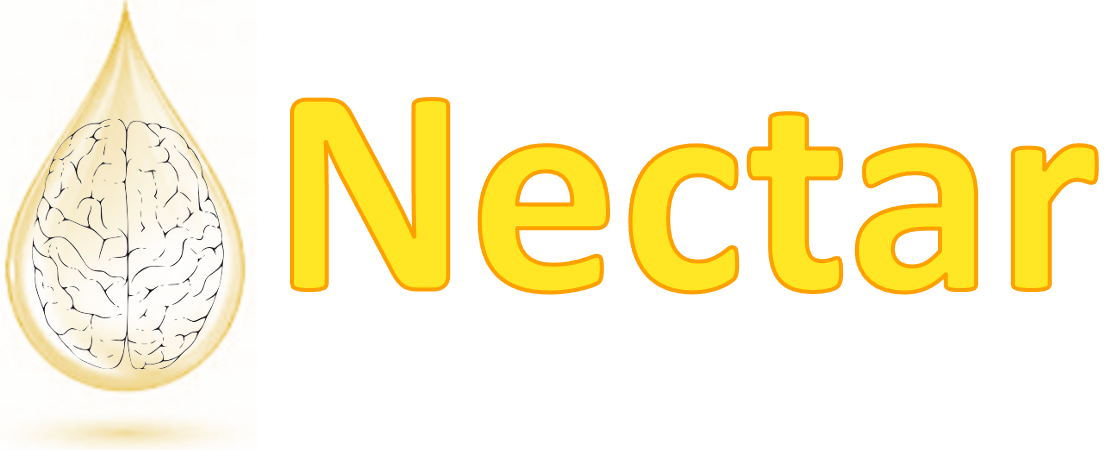NECTAR scientific background
Effectiveness of External Beam RadioTherapy in the treatment of TracheoBronchial Amyloidosis
The effectiveness of External Beam Radiation Therapy (EBRT) in the treatment of localized
TracheoBronchial Amyloidosis (TBA) is known[1-3] such that photon RT is presently recommended as
a first-line treatment for patients who are not eligible for bronchoscopic interventions[4].
The total dose is generally 20Gy, 2Gy/fraction in 2 weeks. All the patients showed improvement or
stabilisation of the symptoms with mild and manageable side effects.
The mechanisms by which RT
is effective on TBA is still unclear. Several hypotheses have been proposed, although none clearly
supported by clinical data. The most discussed one is that RT acts on local plasma cells which are
considered the culprits of the amyloid deposits due to the up regulated secretion of peptide light
chains. However, the analysis of amyloid deposits showed scarce presence of plasma cells thus a
radiation effect on their function or turnover is unlikely to be the only mechanism in action.
Taking into account the common amyloidosis nature of TBA and AD, the rationale for a radiation induced
depolymerisation of Aβ aggregates was suggested[5]. The capability of IRs to change amyloid structure
by depolymerise associated scaffold molecules (glucosaminoglycans, GAGs, invariably associated with
amyloid fibrils) is a DNA-independent mechanism, thus a regimen based on very low dose per fraction over
a prolonged treatment period can match the brain tolerance levels and still slows the cognitive
impair.
Bibliography:
[1] Kalra et al, Mayo Clin Proc 2006 76:853-856;
[2] Kurrus et al, Hest 1998 114:1489-1492;
[3] Monroe et al, Hest 2004 125:784-789;
[4] Neben- Wittich et al, Chest 2007 132:262-267;
[5] Bistolfi, Neuroradiol J 2008 21:683-692.
Preliminary studies of effectiveness of conventional X-ray brain irradiation in AD mouse model
Only few papers testing the effectiveness of conventional radiotherapy in the
treatment of AD have been published so far. The earliest[1] evaluated the effects of X-rays RT on
in vitro preformed Aβ1-42 fibrils and on their initial formation using the Thioflavin-T assay. The
irradiation regimes were acute (single fractions from 5 up to 20Gy). The experiments didn’t show a
significant difference between the irradiated and sham-irradiated fibrils, thus suggesting that low LET
photons at medium-acute doses can’t effectively deposit energy into Aβ aggregates to severely damage.
The first experimental evidence of the positive effects of X-ray brain irradiation on Aβ plaques burden
and memory impairment was reported using an AD transgenic mouse model[2]. The observation of the better
outcome after the highly fractionated regimen and the expression of genes and promoting factors
connected with the activation of the brain immune system support the hypothesis that lower dose and low
dose rate irradiation can stimulate the clearance of the Aβ aggregates by the recruitment of glia cells.
Bibliography:
[1] Patrias et al, Radiar Res 2011 175:375-381;
[2] Marples et al, Radiother Oncol 2016 118:43-51.
First evidencies of beneficial effects of CT-scan low doses in advanced AD patients
A case report[1] described for the first time the remarkable improvement observed
in a patient with advanced AD who received 5 CT-scans of the brain (about 40 mGy each) over a period of
3 months. The underling mechanism appears to be the radiation-induced up-regulation of the patient’s
adaptive protection systems[2], which partially restored cognition, memory, speech, movement and
appetite. More recently the same research group tested these results in a single-arm pilot
clinical trial to examine through a more quantitative approach the effects of low-dose ionizing
radiations (LDIR) in severe AD[3]. Minor improvements on quantitative measures were noted in 75% of
patients, despite the qualitative observations of cognition and behaviour suggested remarkable
improvements within days post-treatment, including greater overall alertness.
Bibliography:
[1] Cuttler et al, Dose Response 2016:1-7;
[2] Feinendegen et al, Health Phys 2011 100(3):247-259;
[3] Cuttler et al, J Alzheimer's Dis 2021 80:1119-1128.
